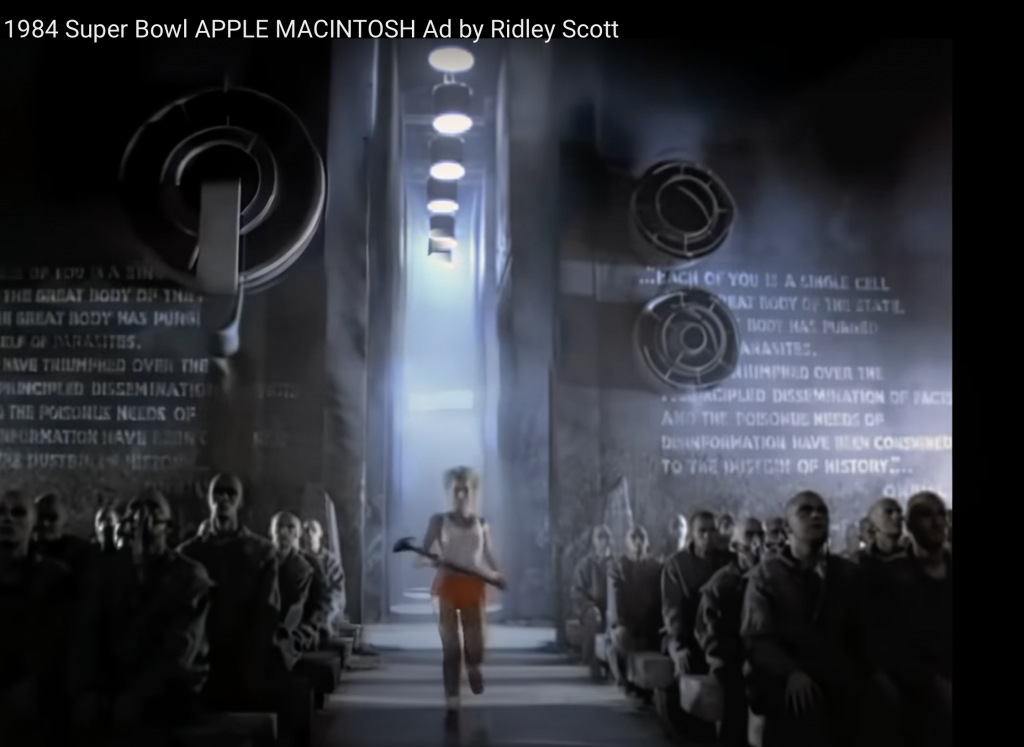Strong ecopoetry has a very eerie temporality (i.e., the way a reader of the poem experiences time). Ecopoetry dwells in a sharply realized present, but one haunted by both ghosts from the past and (paradoxically) ghosts from the future—those beings whose possible future lives and worlds humans’ behavior now has placed in jeopardy. Those future extinctions weigh on the poem’s present.
Ecopoetry’s fluid temporality has rightly been called “untimely” by Margaret Ronda. It’s as unstable as endangered ecosystems (and social systems) are. Strong ecopoems give us a sense of deep time on nonhuman scales, ranging back centuries or eons, or forward to the future, so that we can think and feel like an ecosystem. Yet such poems also make us experience the precarity of Anthropocene time, how fragile are present realities and how unpredictable the future is. We’re haunted by past and present sins but also full of nightmares of the dire future that shadows our Anthropocene present. Future deaths we may be causing uncannily intersect with our present lives.
In short, Anthropocene satire in poetry fills us with foreboding and a mix of denial, guilt, rage, fear, despair, and anguish—not to mention less-hard-to-name states such as a haunting sense of malaise or unease coupled with exhaustion.
Pondering that last point, we also need to acknowledge that many victims of Western colonialism and its successor, neoliberal capitalism, have long had their worlds disrupted. End Times fears and other emotions are hardly new to them. Too much of contemporary apocalyptic rhetoric and the turbulent emotions associated with its uncertainties circulate without awareness that what is new and terrifying to some because of their privileges has been oppressing others for generations. [see footnote 1]
A Jorie Graham poem published in 2025, “Then the Fog,” is an example of an apocalyptic satire that directs its ire at the privileged elites most responsible for the climate disaster. Her poem is merciless. Using the second person, she addresses and mocks all art, including poetry, as being complicit with the fossil-fuel status quo. Here is her poem’s conclusion:
It is a powerful alibi—we tell it again & again—
it is the history of poetry,
a long string of luminous alibis,
though the murder & the theft went on regardless
behind the arras
for all the singing up front—
& the song was necessary, yes, it was soothing & distracting—
it could justify, almost, our sense of
being human—
Call yourself alive? the jury-ghosts whisper
loud enough for us to make out.
And we promise again that we did not know, that we are
innocent, that we’re just the
talent, the event planners should be to vouch for us—
our wings are gauze, we’re on guide-wires,
just here to create memories for you,
to accompany you along these few seconds
of time you still have—
to slow them a bit,
to help you linger.
The italics in this excerpt are Graham’s, as is the use of right-justified margins for her lines. Graham has experimented with this unusual print format in many (though not all) recent poems. Perhaps she’s attracted to it because it’s the mirror opposite of what readers of poetry expect. Right-justified lineation does produce an eerie mirror effect. Have we gone through a looking-glass and, turned around, are suddenly hearing angry voices from the future—as well as our anticipatory pleas that “we did not know” what we’ve done? The voices speak about us and for us, but also castigate us with mocking gestures of comfort.
The vast majority of us Homo sapiens lived complacently through the year (2024) when the climate crossed the 1.5 degrees of Celsius (2.7 F) of increased average warming from pre-industrial atmospheric temperature averages. Upcoming generations—how many of them, though, will there be?—will remember this moment and what we did and didn’t do.
Do you recall the optimism of the Paris Agreement in 2015, when a majority of the world’s nations pledged to work together so that by 2030 we wouldn’t cross the 1.5 C boundary in atmospheric heating? Such a low number, just 1.5 … it couldn’t be that hard to achieve, right? Yet we did little, other than make promises. Especially the rich nations that pump the most carbon and methane into the air and help make the oceans hotter and more acidic.
2024 marked the highest level of carbon in the atmosphere since 2 million years ago. What will 2025 and the years after it bring? There are websites that assure us that the Paris Agreement is legally binding. And that even though greenhouse gas emissions peaked in 2024 (or maybe 2025), things will be fine, at least mathematically, if we can just make carbon and methane in the atmosphere decline 43% by 2030—something, however, that our “advanced” civilizations have never yet managed to do…. [footnote 2]
Not to worry! My Google AI explains cheerily that “While 2024 marked the first year to exceed the 1.5°C threshold, this limit is defined as a sustained average over 20-30 years, so the target has not yet been breached under the agreement’s definition.” [footnote 2] Phew. Thank goodness. Let’s not even think about warnings that we’re on track to 2 C in average warming (3.6 F) in the coming decades in which our children and grandchildren and great grandchildren will live. [footnote 3]
Our language is arranged to help us shelter. We call dangerous gases “greenhouse” gases, like everything we’re doing is a kind of beautiful indoor garden for growing things. We talk of “thresholds” — as if it’s easy, after crossing, to step back. I go in, I go out, what’s the big deal, my freedom’s intact? Yet ecosystem scientists would like a word with us about thresholds. And collapse. “Transgressing a boundary” is a phrase we don’t like to use. Ditto for words like “rapid,” “abrupt,” “unpredictable,” and “irreversible.” [footnote 4]
Graham’s poem would also like to have some words with us. It’s like a collect call (remember them?) interrupting our scrolling. She forces us to listen to voices we’d rather not hear, speaking with an intensity that scares. We are free to stop reading at any time. But it’s hard to stop guilt, or a sense of unease creeping in like fog.
What unanswerable questions Graham’s poem leaves us with! Is all our poetry just fake angels? Something we make up so we can hide within their wings? Do all beautiful songs just distract us from the sounds of murder?
Her poem performs quite a different angelic annunciation to us poor wayfaring strangers from the one depicted in the Bible. We haven’t the foggiest idea what we’ve just heard, or what it all means…
Other contemporary ecopoets vigorously dissent from Graham’s angry despair.
Read other posts on my free Substack Ecopoetry website to learn their names.
But sometimes cold fog may be what we need?
References
Bazan, Giuseppe, and Angelo Castrorao Barba. 2022. Historical Ecology, Archaeology and Biocultural Landscapes: Cross-Disciplinary Approaches to the Long Anthropocene. Basel: MDPI – Multidisciplinary Digital Publishing Institute.
Caison, Gina. 2024. Erosion: American Environments and the Anxiety of Disappearance. Durham: Duke University Press.
DeLoughrey Elizabeth, Jill Didur, and Anthony Carrigan, eds. 2015. Global Ecologies and the Environmental Humanities: Postcolonial Approaches New York: Routledge.
DeLoughrey, Elizabeth. 2019. Allegories of the Anthropocene. Durham: Duke University Press.
Graham, Jorie. 2025. “Then the Fog.” London Review of Books, August 14, 2025. 34.
Horne, Gerald. 2017. The Apocalypse of Settler Colonialism: The Roots of Slavery, White Supremacy, and Capitalism in 17th Century North America and the Caribbean. New York: Monthly Review Press.
Horne, Gerald. 2020. The Dawning of the Apocalypse: The Roots of Slavery, White Supremacy, Settler Colonialism, and Capitalism in the Long Sixteenth Century. New York: Monthly Review Press.
Piketty, Thomas. 2022. A Brief History of Equality. Cambridge: Harvard University Press.
Ronda, Margaret. 2018. Remainders: American Poetry at Nature’s End. Stanford, California: Stanford University Press.
Notes
1. On the issue of recent Anthropocene apocalyptic perspectives versus arguments for a “long Anthropocene” covering four centuries or more, the following authors are illuminating: DeLoughrey; Caison; Horne (2020 and 2017); Bazan and Barba; and Piketty. They trace how new global manifestations of capitalism, including colonialism and race-based slavery, transformed landscapes and millions of people. They suggest that the first victims of the Anthropocene were predominately peoples of color, plus marginalized populations in Europe, such as the Irish.
2. On the Paris Agreement, see the U.N. website given an overview of its declarations: https://unfccc.int/process-and-meetings/the-paris-agreement. The same website gives us the calculation that, after 10+ years of increase, all we must do is create an unprecedented 43% decrease in 4 years (2026-2030) to make the threshold hold.
The source for the 2 million years figure is: https://www.wri.org/insights/1-5-degrees-c-target-explained#main-content/.
The source for the language assuring us that crossing the 1.5C threshold is not technically doing so due to the math of averages is given by my Google AI summary: https://www.google.com/search?client=safari&rls=en&q=paris+agreement+1.5+C+rise&ie=UTF-8&oe=UTF-8.



